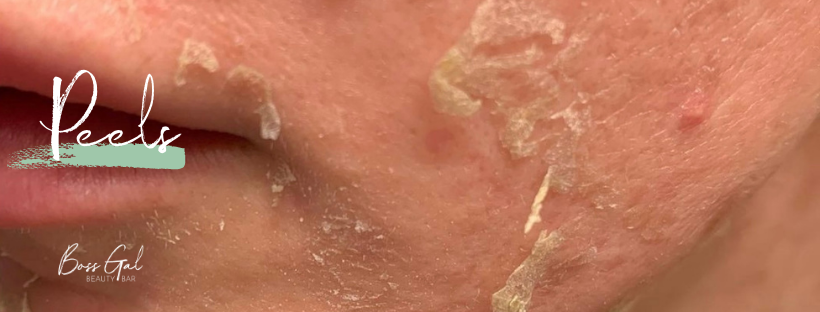
If you are at all involved in the skincare universe, you have likely heard of both enzyme peels and chemical peels. While they both are used for the same basic purpose of sloughing away dead skin layers causing them to peel away to rejuvenate the skin, there are many major differences.
Enzyme peels are composed of fruit enzymes that digest dead skin cells while simultaneously nourishing the skin to reveal a brighter, healthier complexion. The best part of enzyme peels is they are gentle enough for sensitive skin, require zero downtime, and yield immediate results. In addition, enzyme peels boast these benefits:
- Unclog and shrink pores
- Open pores for easier extractions
- Remove dry, flakey skin
- Diminish fine lines, wrinkles, and scars
- Fade age spots, sun damage, and redness
Enzyme peels can be used in tandem with other skin services and are a fabulous finish to any facial. They are a gentler version of their more intense counterpart–chemical peels.
Chemical peels are made of glycolic or salicylic acids that exfoliate the skin to leave behind a layer of fresh, radiant skin. While chemical peels accomplish many of the same goals as enzyme peels, they are more aggressive and can treat deeper skin concerns. Due to the harshness of chemical peels, they require some downtime, may require multiple sessions, and yield results over time. Chemical peels are perfect to:
- Vanish fine lines and wrinkles
- Fade age spots, sun damage, and redness
- Even acne scars
- Reduce large pores
- Tighten sagging skin
Although enzyme peels and chemical peels target several of the same concerns, they each have their own unique place in skincare. If you are unsure whether an enzyme peel or chemical peel is right for you, let Boss Gal help! Schedule a free consultation with one of our expert estheticians to create a plan to reach skincare goals.

